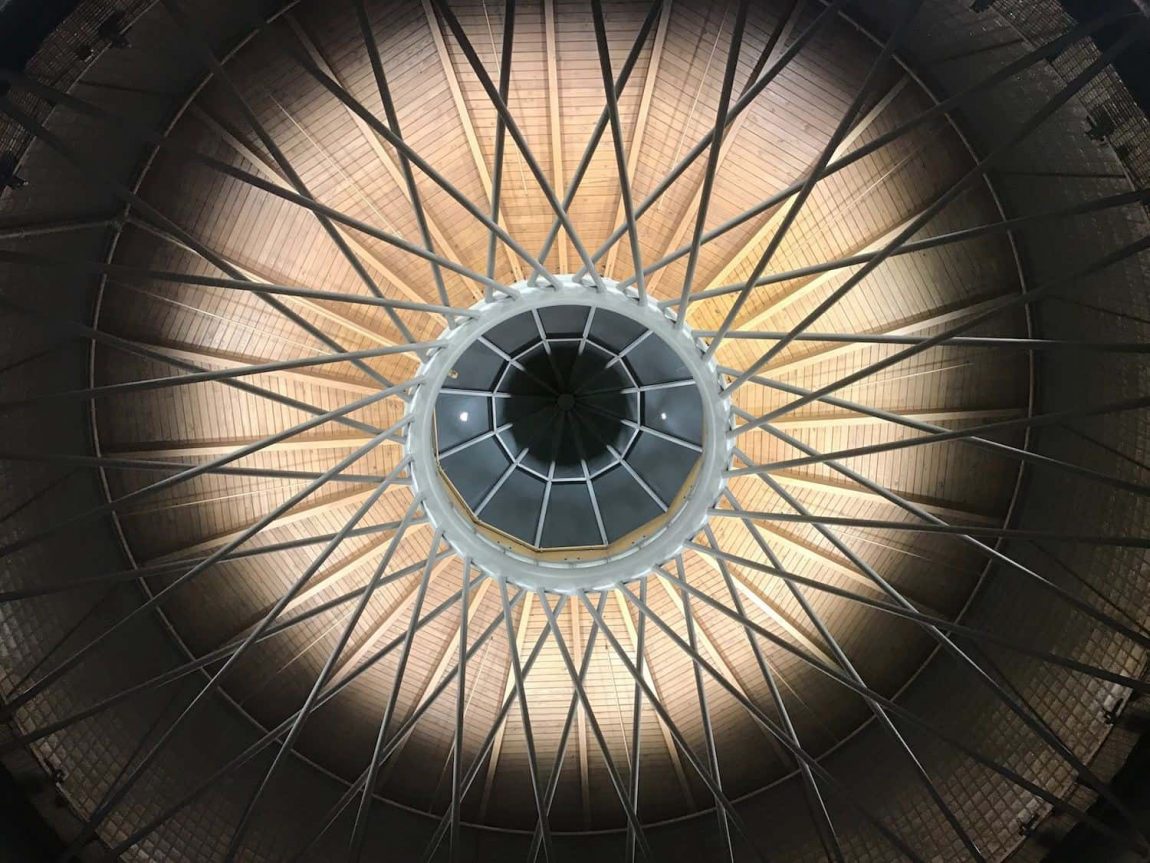Key Takeaways
- Architectural photography captures the aesthetic and accurate representations of buildings and structures.
- The history of architectural photography dates back to the first permanent photograph by Nicéphore Niépce.
- Techniques include perspective control, deep depth of field, and the use of tilt-shift lenses or post-processing.
- Real estate photography, a subgenre, focuses on marketing properties, while architectural photography is more artistic.
- Construction photography documents the construction industry and has evolved into a specialized craft.
Let me share a slice of my journey through the world of architectural photography. I remember the first time I pointed my lens at a towering skyscraper, feeling a blend of awe and challenge. The building stood like a silent giant, its glass facade reflecting the changing sky. This moment marked the beginning of my fascination with capturing structures, from the intricacies of ancient masonry to the sleek lines of modern design.
A Dance with Light and Shadows
Navigating through the streets, I found that architectural photography is not just about buildings; it’s a dance with light and shadows. Early mornings and late afternoons became my favorite times, as the sun’s angle painted facades with a soft, golden hue. The contrast of light and shadow carved out the details, revealing textures and patterns that went unnoticed in the harsh midday sun.
Perspective and Precision
I quickly learned that perspective control is crucial. Tilt-shift lenses became my best friends, allowing me to align vertical lines with meticulous precision. It was like adjusting my viewpoint to match the architect’s vision, ensuring that each building stood tall and proud, free from the distortion of converging lines.
The Art of Seeing
My journey also took me inside various structures, from grand, echoing halls to intimate, cozy rooms. Here, I discovered the importance of ambient light and supplemental lighting, or “flambient lighting,” to create a balanced, inviting atmosphere. Interior photography taught me to see not just the space, but the story it tells through its design and the interplay of light and shadow.
Beyond the Building
Real estate and construction photography added new dimensions to my work. In real estate, my focus shifted to portraying properties as homes, spaces that invite living and dreaming. Construction photography opened my eyes to the process behind the facade, capturing the raw, dynamic energy of creation and the narrative of progress.
Reflections and Revelations
Reflecting on my experiences, I realize that architectural photography is more than a genre—it’s a perspective on the world. It has taught me to see not just buildings, but the aspirations they embody and the human endeavors they house.
Frequently Asked Questions
- What is architectural photography?
Architectural photography focuses on capturing buildings and structures in a way that is aesthetically pleasing and accurate to their design. - How has architectural photography evolved?
It has transitioned from simple documentation to a creative art form, influenced by changes in architecture and photography technology. - What techniques are used in architectural photography?
Techniques include perspective control, ensuring parallel vertical lines, deep depth of field, and employing tilt-shift lenses or post-processing to achieve desired effects. - What distinguishes real estate photography from architectural photography?
Real estate photography aims at marketing properties, emphasizing features for sales, while architectural photography is more about artistic expression and architectural integrity. - Why is lighting important in architectural photography?
Lighting defines the mood, highlights details, and affects the perception of space and form, making it crucial for creating impactful architectural images.





